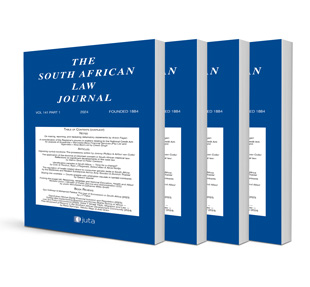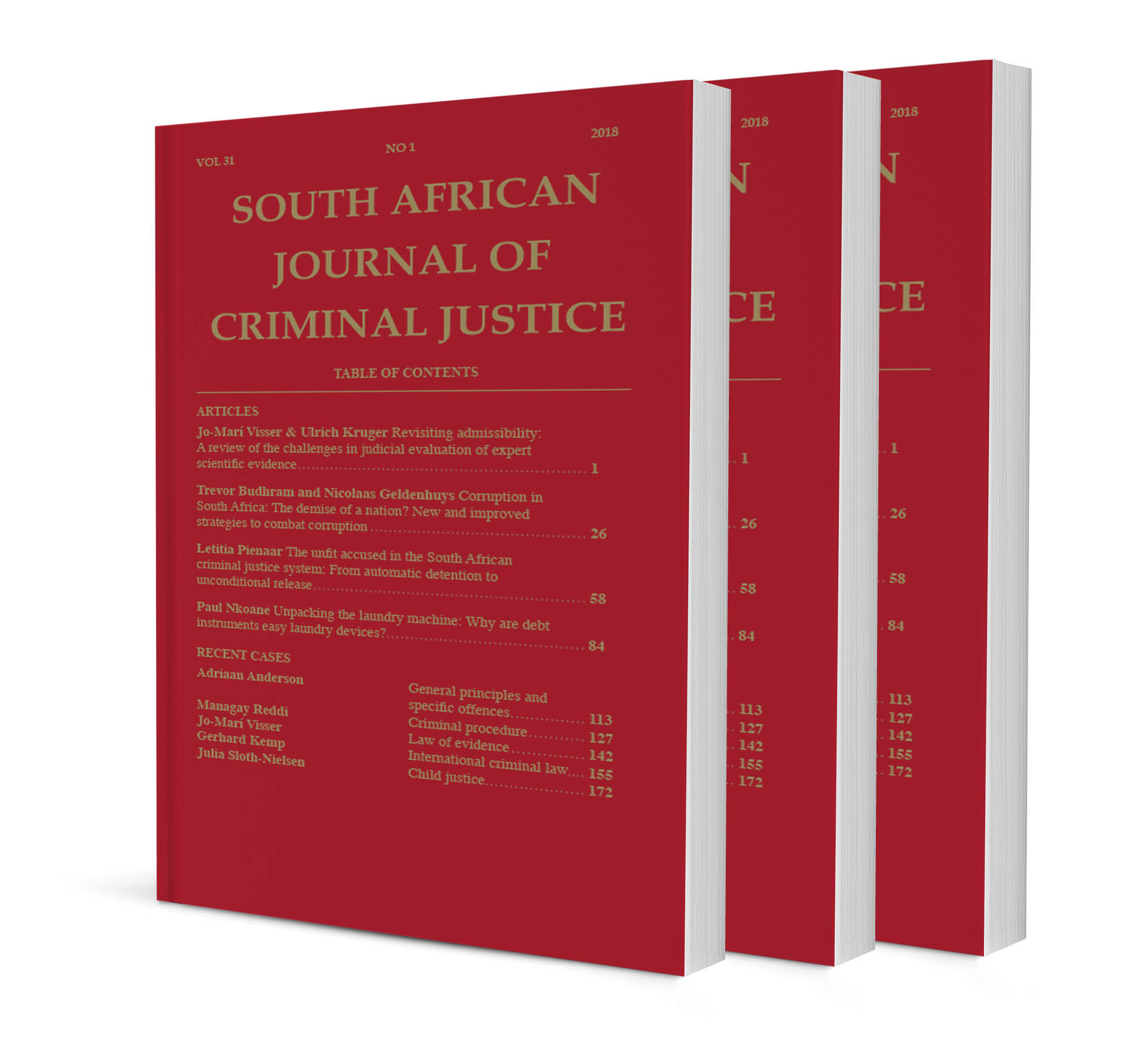The Road Accident Fund’s ‘without prejudice’ settlement offers on general damages: Admissible admissions or inadmissible negotiation statements?

ARTICLE
The Road Accident Fund’s ‘without prejudice’ settlement offers on general damages: Admissible admissions or inadmissible negotiation statements?
Author: Ferdinand Heinrich Hermann Kehrhahn
ISSN: 1996-2177
Affiliations: Lecturer, Department of Procedural Law, University of Pretoria
Source: South African Law Journal, Volume 142 Issue 2, p. 375-401
https://doi.org/10.47348/SALJ/v142/i2a8
Abstract
Under s 17(1), read with s 17(1A) of the Road Accident Fund Act 56 of 1996 and its Regulations, the Road Accident Fund (‘RAF’) is liable for general damages only if the RAF is satisfied that a medical practitioner has correctly assessed the injuries of a motor-accident victim as serious. The RAF’s satisfaction with the serious-injury assessment is a jurisdictional fact that must be alleged and proved if a court assumes jurisdiction to make a general-damages (non-pecuniary) award. One way to prove that the RAF has accepted the victim’s injuries as serious is by presenting evidence of the RAF’s admissions contained in extra-curial statements. However, such extra-curial statements are generally inadmissible when they are made during bona fide settlement negotiations. This article considers the without-prejudice settlement negotiation inadmissibility rule and its exceptions. It critically considers the recent judgments of Keagan, Ntsembi and Paulsen, on the one hand, where the courts held that the RAF’s settlement offers on general damages made during bona fide settlement negotiations were inadmissible evidence, and the judgments of Olivier and Van Tonder, on the other hand, where the courts held that the RAF’s settlement offer was admissible evidence. It is argued the RAF’s offer to settle general damages was correctly held in Olivier and Van Tonder to be a tacit acceptance by the RAF that the victim’s injuries were serious and that such offers are admissible evidence as an exception to the without-prejudice inadmissibility rule, thereby obviating the need to establish the required jurisdictional fact into evidence.
